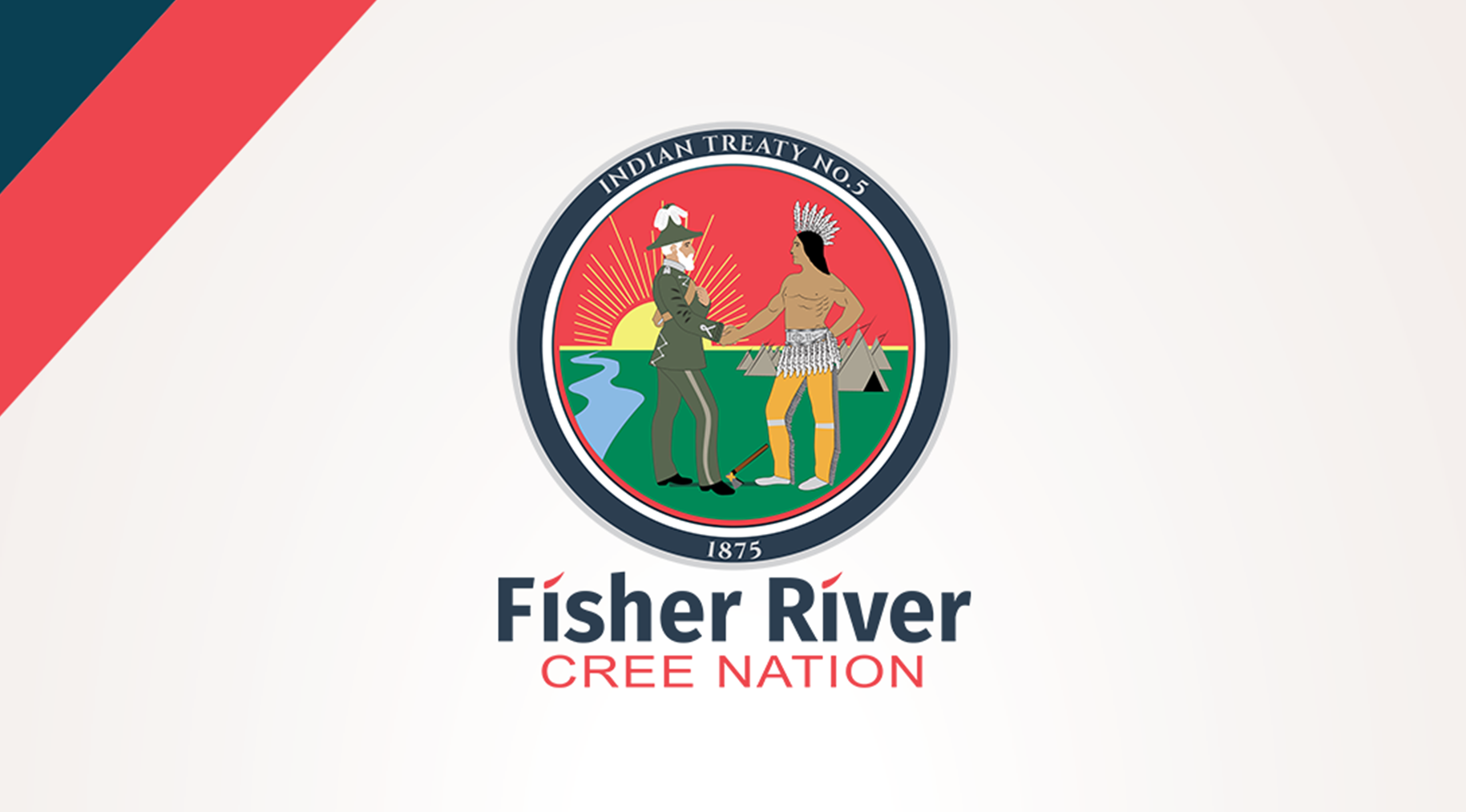Nursery – Grade 4 iPad Email Instructions
If you have a child in Nursery to Grade 4 using iPads and are having Email issues please switch to using the Outlook App. The following instruction demonstrate on how to find and configure Outlook.
todayMarch 19, 2021 2393 1 1

The purpose of this memorandum is to provide an overview of the FRCN specific claim and the purpose and benefits of a trust agreement.
The Claim
Treaty No. 5 was signed at Norway House on 24 September 1875. The terms of the treaty provided for the establishment of a reserve in the vicinity of Fisher River. Band members were originally given three years to relocate to Fisher River but the time period was extended indefinitely in the early 1880’s.
The initial survey of Fisher River was conducted in 1877 and this survey set the size of the reserve at 9,000 acres. In 1886 Fisher River Chief Rundle made a formal request to have the reserve increased to provide for hay and timber for the expanding band. Two additional pieces of adjoining land at the southeast and southwest corners of the reserve were set aside by the Crown in 1887 and 1893 respectively. The First Nation alleges that the Crown in effect took back part of these two additional parcels in 1896 as a result of an erroneous survey conducted in September 1895.
The First Nation claimed that the lands originally designated as the southeast addition consisted of 3,777 acres and that Order in Council PC No. 2980, dated 14 July 1896 alienated this parcel by approximately 1,722,6 acres. The First Nation also claimed that the southwest parcel, as originally designated, consisted of 3,600 acres but was also reduced, by the same Order in Council, by 1,040 acres. The total amount alienated was approximately 2,762.6 acres.

This Claim was originally submitted by FRCN to Canada’s Specific Claims Branch in December 1994, and subsequently rejected in August 2006. FRCN then initiated a review of the Specific Claims Branch decision in September 2006. This review resulted in an affirmation of the previous rejection of the claim in February 2009. In 2008, Canada created the Specific Claims Tribunal, allowing a different method for First Nations to have specific claims independently reviewed. FRCN resubmitted the claim under the Specific Claims Tribunal framework in September 2014 and has now reached a settlement with Canada as of February 2021.
The First Nation’s claim for damages was based on the following grounds:
Negotiations
FRCN entered into negotiations with Canada with a view to reach a settlement of the claim. As part of these negotiation, it was agreed that the “proxy model” for determining the value of alienated land would be used, rather than more costly loss of use studies. In exchange, Canada agreed not to consider any argument of set off related to reserve 44A in their offer and to use certain inputs in the proxy model that would be favourable for FRCN.
In 2019, Hal Love Real Estate Advisory Services (HLREAS) was jointly retained to provide a report regarding the current and historical unimproved market value of the land. These numbers were to be the basis of the proxy model inputs and therefore Canada’s offer to settle. The final report was received from HLREAS in August 2020.
In February 2021, FRCN Chief and Council received and accepted an offer to settle from Canada in the amount of $15,095,391.00. This offer was close to the high end of the estimated range provided by FRCN’s technical team upon reviewing the HLREAS Final Report.
Canada has suggested that this settlement be finalized not through a settlement agreement, but rather through a consent judgement with the Specific Claims Tribunal. As such, the settlement funds are expected to be provided in a very short timeframe. Additionally, this method means that there are no requirements from Canada for a ratification vote or community consultation. The current information meetings are being held by Chief and Council on their own initiative for the purpose of providing an update to the community and receiving feedback and suggestions regarding the trust to be established with the settlement funds.
Purpose: A trust is an effective way to govern, protect and grow wealth for the community. The purpose of creating a trust is to ensure that the settlement funds will be used for the long-term benefit of FRCN and its members.
How it works:
The settlement funds, as well as any future contributions by the community, will be held in trust for the community by trustees appointed by Council. The funds will be invested to grow the trust and to provide income for FRCN. FRCN will receive annual income payments from the trust, which can be used to fund community programming and initiatives. The trustees and Chief and Council will hold annual community meetings to report the growth of the trust and to consult with and account to membership regarding the use of the annual income payments.
Benefits:
There are several practical benefits to the creation of a trust to invest the settlement funds:
Chief and Council
PRESENTATIONS AVAILABLE FOR DOWNLOAD:
Media Inquiries:
Jeremy Neault
jeremy.neault@neaultcom.ca
Written by: fisherriver
If you have a child in Nursery to Grade 4 using iPads and are having Email issues please switch to using the Outlook App. The following instruction demonstrate on how to find and configure Outlook.
todayMarch 15, 2021 1781 1

Fisher River Cree Nation is a community in which our history, language, traditions, and culture are paramount to who we are as a people. We will protect and maintain the spirit and intent of the treaties and our inherent rights. Fisher River will be a self-sustaining progressive community with a strong and accountable government. We will provide an environment where all people are healthy, safe, and respected.
Comments are closed.